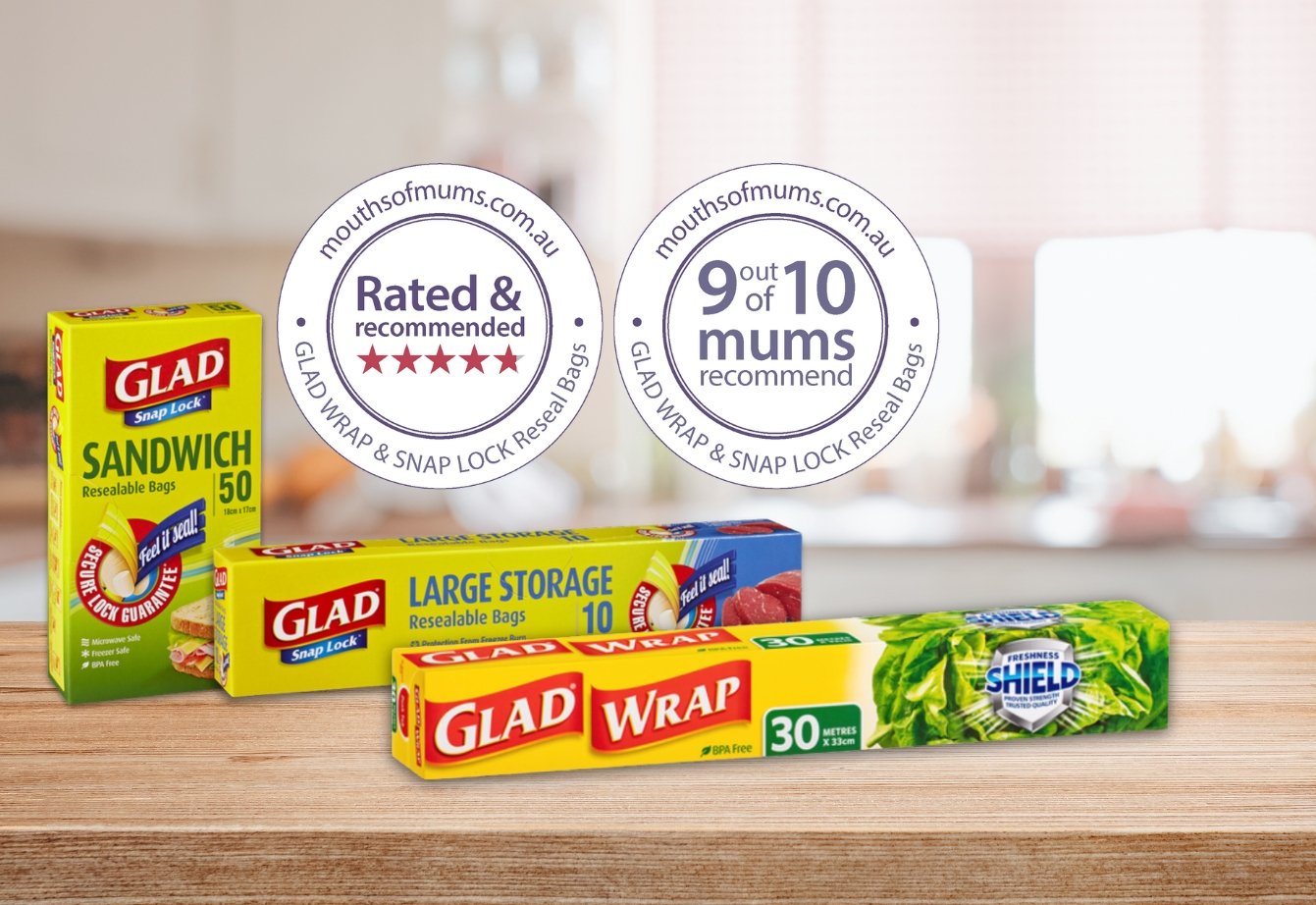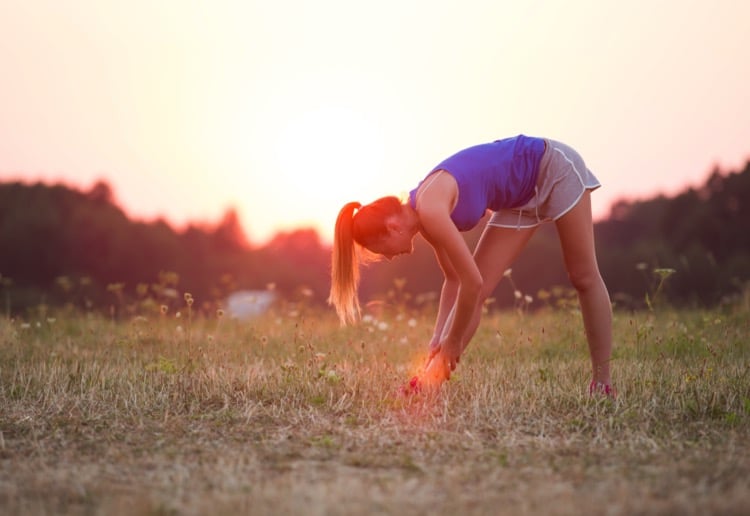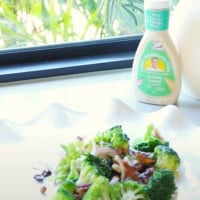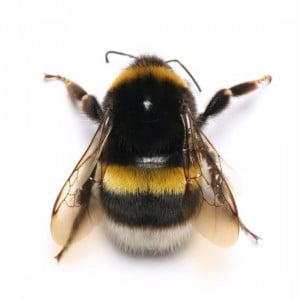Spring is the perfect time to ditch the doona and get back out there, but before you jump into your spring fitness campaign, check out these 3 tips on how to remain active by avoiding an injury.
Prehab is the new rehab
What most people don’t often realise is that you don’t have to be injured to see a physiotherapist. A major role of a physio is to identify your body’s specific areas of weakness that may pre-dispose you to injury. For mums in particular this can be a weakness in your core muscles, especially if you have abdominal separation, putting you at risk of a back injury if you increase your load too quickly.
Your physio will do an individualised assessment and then give you specific exercises that target your weak areas and advise you on what to avoid or how to adapt your current activities. This process is known as pre-habilitation and is a great way to maximise your body’s brilliance and avoid an injury.
Get warm
Most women are aware that a warm up is recommended, but many are often pressed for time and want to get straight into their main activity. A warm-up is important to prepare the body for activity and hence decrease your risk of sustaining an injury by overloading your muscles or joints too quickly.
The best type of warm up consists of a general exercise (like jogging) and exercises involving movement’s specific to the sport (like squats or lunges). As a guide your aim should be to produce some mild sweat without feeling tired. The effect of a warm up only lasts 30mins so it is important to time your warm up well, in particular if you are participating in an event.
The balancing act
Cardio is great for losing and maintaining weight and there are several ways you can do it, but they each have their role. When you walk or run your body weight is putting load through your bones and joints and this is known as ‘weight-bearing’ exercise. When you swim or cycle, you are still working your muscles, but you aren’t putting weight, or ‘load’, through your bones and this type of exercise is known as ‘non-weightbearing’.
Each time you do a weight-bearing activity, your bones are stimulated to create new bony cells, which will help to prevent osteoporosis (brittle bones). But too much weight-bearing activity can increase your chance of developing joint pain, most commonly osteoarthritis (worn cartilage in your joints). The key is not to only focus on the one type of activity, but to do a mix of weight-bearing and non-weight-bearing activities. For example, alternate running with swimming.
It can be quite confusing, so if you are ever unsure, see a physiotherapist or personal trainer for some individually tailored advice, so you can get the most out of your activity and spring into summer injury free!
How is your Spring exercise plan coming along? Share with us below.
Image source Shutterstock.




















-

-
-
-
mom101628 said
- 21 Dec 2017
-

-
-
-
rovermum said
- 25 Oct 2017
-

-
-
-
mom19782016 said
- 25 Oct 2017
-

-
-
-
ella12 said
- 25 Oct 2017
-

-
-
-
Ellen said
- 25 Oct 2017

-

-
-
-
june11 said
- 09 Oct 2016
-

-
-
-
mom93821 said
- 27 Sep 2016
-

-
-
-
mom64356 said
- 27 Sep 2016
-

-
-
-
mom112217 said
- 27 Sep 2016
Post a comment10:58 pm
12:20 pm
11:45 am
11:40 am
4:10 am
6:40 pm
8:51 pm
-

-
-
-
mom93821 replied
- 28 Sep 2016 , 6:11 am
Reply6:40 pm
1:35 pm
-

-
-
-
cherz replied
- 28 Sep 2016 , 8:48 am
ReplyTo post a review/comment please join us or login so we can allocate your points.